
Starting June 1st, 2023 Our warehouse fee will be $0.65/cubic foot per month
In effort to lower the warehouse storage fee during inflation, we have went narrow aisle racking.This construction took us four months but the project is finally completed. With narrow aisle racking, we are able to drop storage by 24%.We as partners will go through this inflation together.
12/12/2023
When considering inbound and outbound logistics, you might envision a scenario similar to the one depicted above. Upon the arrival of replenished inventory or new goods at a warehouse, the receiving team undertakes the tasks of acceptance, logging, and relocating the inventory to the designated storage location. The dock-to-stock process may appear deceptively simple—products are received at the loading dock and stored in the warehouse until a customer places an order. In this article, Worldcraft Logistics aims to elucidate the significance of dock-to-stock processes in ecommerce. We will delve into the four steps of the dock-to-stock process and explore various methods for enhancing your procedures to achieve greater efficiency.
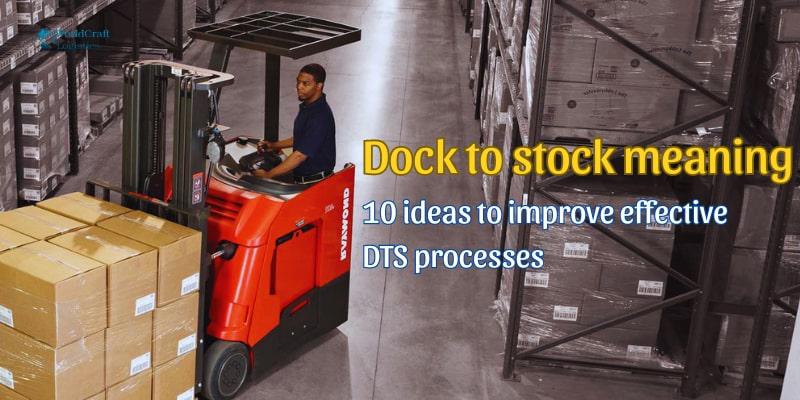
Dock to stock abbreviated as DTS - it is the process initiated when goods are received at the loading docks of a warehouse and concludes when they are successfully stored on the racks. This operation involves a series of phases crucial for determining the warehouse's overall efficiency.
Among these phases, stock management stands out as the most intricate, involving the validation and integration of new products into the inventory. In contemporary settings, the majority of facilities employ a Warehouse Management System (WMS) to expedite this process.

Ask practical questions: How much time should a warehouse ideally spend storing goods on the racks post-receipt? According to data from the American Productivity Quality Center (APQC), top-performing warehouses complete the dock-to-stock process in less than four hours, while other logistics centers may require up to 48 hours.
The dock-to-stock (DTS) process holds significant importance for all ecommerce brands, regardless of whether they manage their own warehouse or enlist the services of a third-party logistics (3PL) company to handle the DTS process on their behalf.
As the business grows and order volumes increase or product lines expand, the dock-to-stock procedures can become a formidable challenge. Acquiring a warehouse, investing in fulfillment infrastructure, and scaling warehousing operations, including DTS, entail substantial effort. This can result in stock control issues and heightened operational costs.
Many brands struggle to scale warehouse inventory management operations due to a lack of resources and technology necessary for ensuring inventory accuracy. The complexities of the dock-to-stock process can overwhelm business owners, making it challenging to navigate.
This challenge prompts many companies to outsource their entire fulfillment process to third-party logistics providers such as Worldcraft Logistics. Collaborating with a 3PL allows businesses to scale more effectively by redirecting their focus to other critical areas of operation.
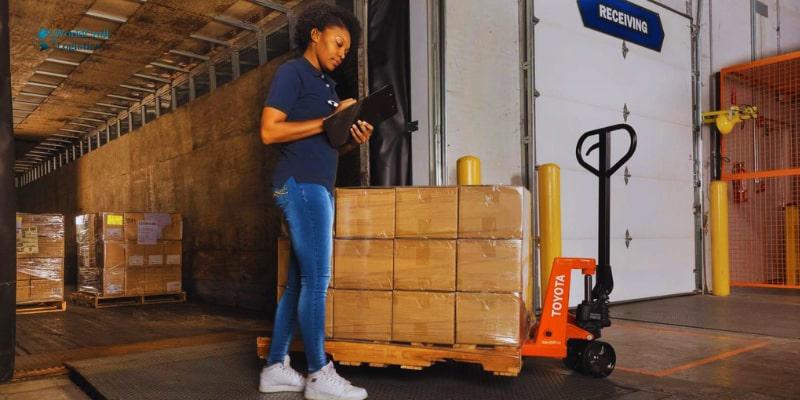
Therefore, you need to learn more related knowledge, from basic to advanced levels, in the field of e-commerce and shipping. These things will help work and business activities take place in a positive direction. You can refer to the following most useful articles:
What Is YMS? UPDATE new knowledge about Yard Management System
What is Ecommerce Shipping? Guide to GOOD, CHEAPEST solutions and partners
The internal operations directly involved in the process from the moment a warehouse receives merchandise at the docks until it is stored on the racks include:
Any incident or delay in these tasks can have a detrimental impact on the dock-to-stock cycle time.

Optimizing dock-to-stock times is crucial for improving overall efficiency in a warehouse or distribution center. This process involves reducing the time it takes for goods to move from the receiving dock to being available for order fulfillment or storage. Here's a guide to help you optimize dock-to-stock times:
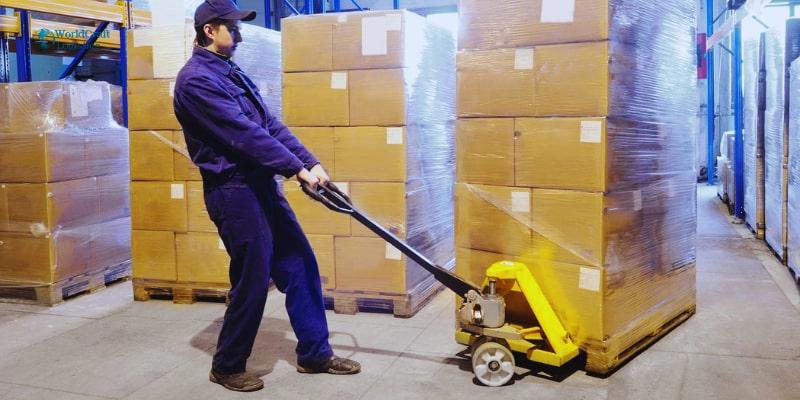
Barcode Scanning and RFID: Utilize barcode scanning and RFID technology to manage product SKUs whileexpedite the receiving process and minimize errors.
Warehouse Management System (WMS): Implement a robust WMS to automate and optimize inventory management, order processing, and stock movements.
Dock Management Systems (DMS): Use DMS to track and manage dock activities, ensuring a smooth flow of goods.
By implementing these strategies and continuously monitoring and refining your processes, you can significantly optimize dock-to-stock times, improving overall warehouse efficiency and customer satisfaction.
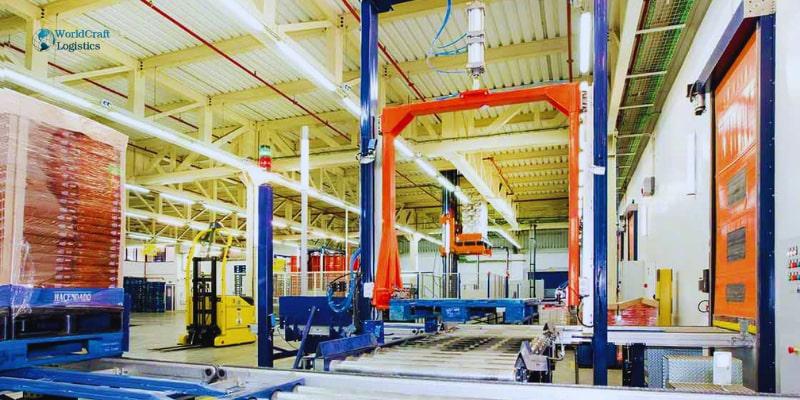
A reputable 3PL company with extensive experience can assist business owners in optimizing their supply chain and order fulfillment processes. Worldcraft Logistics understands the significance of implementing an appropriate dock-to-stock procedure in warehouses.
Each company will have a standardized process designed to reduce unnecessary time and complexity in the receiving of goods while maintaining high accuracy and documentation. This is achieved by directly sending your inventory to one of our order processing centers (for example, from your manufacturing facility). Through the comprehensive overview provided by our 3PL unit, you can monitor the status of orders and much more.
Of particular note is the practice of storing each SKU in a dedicated, specialized storage location (on shelves, in bins, or on pallets, and even equipped for batch tracking). This ensures that your products are readily available for picking and packaging for the end consumer.
For valuable benefits for your business, WCL is always willing to support you during your working time. Please CONTACT US NOW to have our team of experienced experts advise you.
Here are responses to some commonly asked questions regarding Dock to Stock (DTS) processes in warehouses.
To gauge the efficiency of dock to stock processes, many utilize the metric known as dock to stock cycle time as a primary performance indicator. The cycle time commences when inbound shipments arrive and concludes once the inventory is successfully stocked in the warehouse. Warehouses with extended dock to stock times expend more hours on each task, impacting subsequent tasks and overall operations. Understanding your warehouse's receiving timeline or dock to stock cycle time allows you to factor it into lead time calculations for reorder point notifications during inventory replenishment.

Efficient warehouse operations, accurate inventory management, and real-time tracking are paramount in the supply chain of your ecommerce business. In the absence of well-organized or nonexistent dock to stock processes, you may encounter challenges and increased operational costs. Establishing a highly organized DTS process is imperative for the smooth functioning of your ecommerce brand.
Certainly, dock to stock processes are among the tasks that can be delegated. Outsourcing DTS processes involves partnering with a third-party logistics (3PL) company.
When you opt for outsourcing to a 3PL, they implement best practices, including warehouse receiving orders, Service Level Agreements (SLAs), and their warehouse management system, possibly incorporating warehouse automation. This outsourcing strategy can contribute to scaling your inbound logistics operation and provide reassurance in the management of these processes.
SEO
Digital Marketing/SEO Specialist
Simon Mang is an SEO and Digital Marketing expert at Wordcraft Logistics. With many years of experience in the field of digital marketing, he has shaped and built strategies to effectively promote Wordcraft Logistics' online presence. With a deep understanding of the logistics industry, I have shared more than 500 specialized articles on many different topics.

Education
01/05/2025

Education
02/18/2025

Education
01/01/2024

Education
08/28/2024
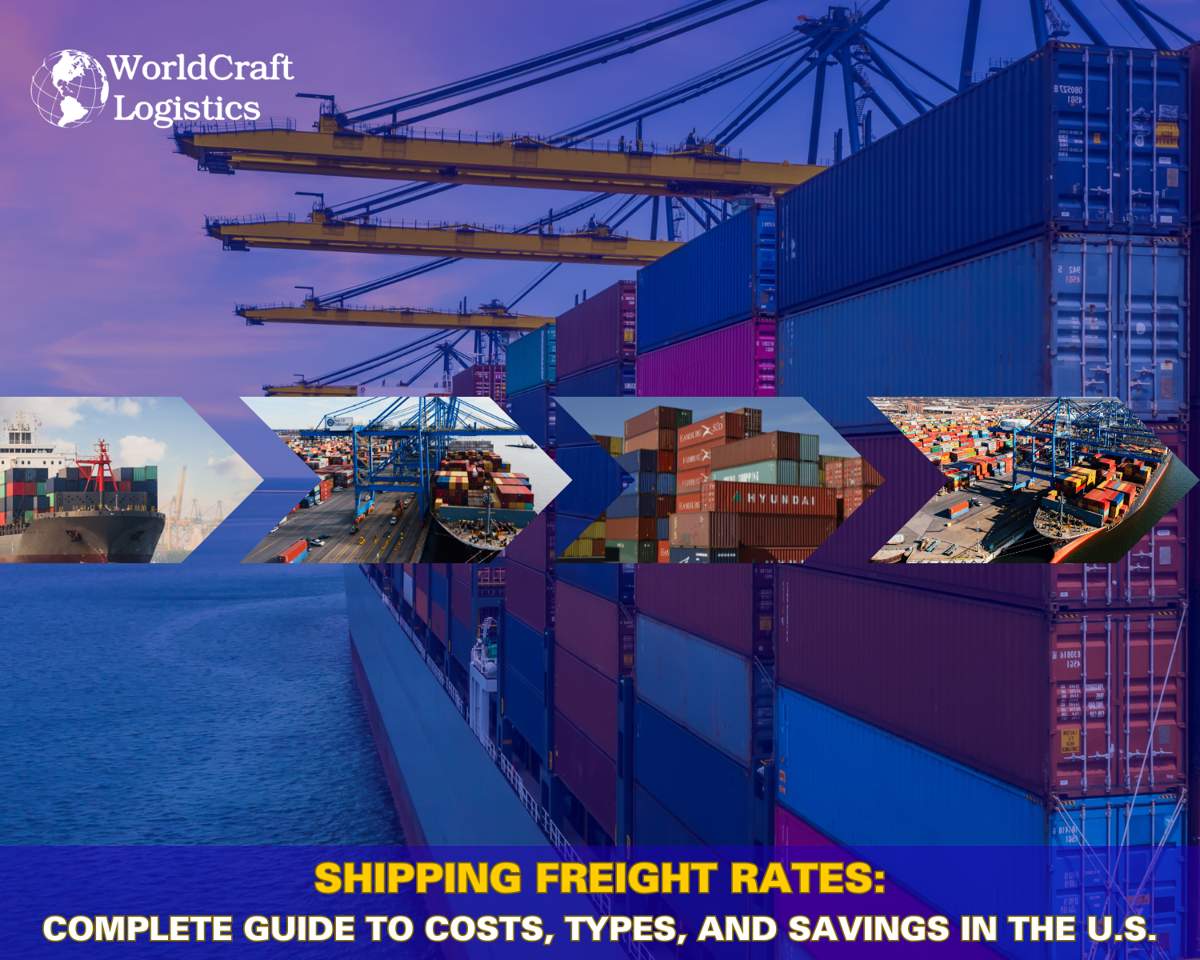
Education
09/09/2025